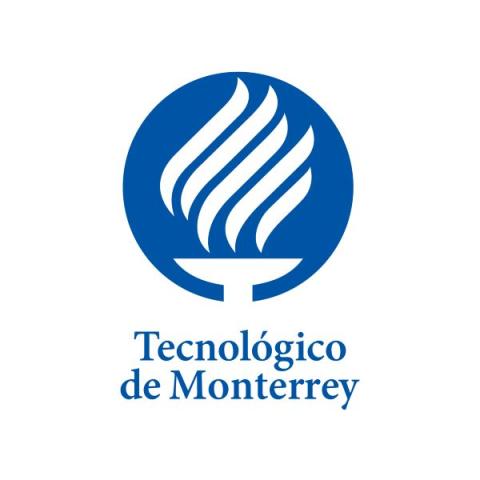
How to design and incorporate a digital module
Nowadays, the graduate profile is intrinsically linked to “competencies”. Thus, students require educational resources, theory and practice that they might use to solve current challenges or problems.
Competency-based training seeks to develop students’ knowledge, skills and attitudes for the competitive world of work in these globalised times. As a teacher, much of your concern will be ensuring that students have the knowledge and are well prepared to face the challenges of their chosen profession. Therefore, they must be able to learn autonomously, work collaboratively, participate responsibly in society and more.
Digital modules can lend themselves to competency-based training very well, because they are self-directed, interactive, flexible and personalised. Indeed, the design of their educational content should be based on a personalised learning methodology, according to the learning needs of the student and with adaptable bases. That is, the educational resources are organised in learning paths developed by the teacher, but the paths can be adjusted based on students’ understanding of the content.
How is a digital module used?
A digital module can be implemented as a learning object, since it is designed to cover specific learning purposes, or be incorporated as a support element within other learning experiences.
Main advantages of digital modules
- Self-directed and online: the content is always available and the student chooses content based on their interest.
- Interactive: the student has unlimited interaction with the resources.
- Portable and mobile: students can view the content anywhere and from any device.
- Reusable: can be repackaged for different training experiences.
- Iterative: students can review the resources as many times as they want to understand the content.
How to design a digital module
- Initial planning: state the learning purposes and evaluation criteria and list the topics and subtopics.
- Design learning paths: map the elements of each learning path. One path is created per topic and each topic is divided into subtopics, divided in turn into at least three concepts. Each concept has an objective that will provide the guidelines for defining the base and reinforcement resources. We recommend including at least three educational resources that explain each concept in different formats, such as infographics, videos and audio. The path also indicates the appropriate point for formative evaluations; they can be conducted at the end of the study of a concept or the end of a topic.
- Development of didactic resources and formative evaluations: educational resources are developed from the processes of resource creation or curation, the latter of which means resources selected from the web with the teacher’s input.
- Construction of the digital module in an LMS: finally, the technological structure is generated, that is, the spaces where the educational resources and evaluations will be designed and published.
How is a digital module incorporated into competency-based training?
- Identify the learning purposes to be developed: this allows selecting the ideal module to complement the learning experience.
- Define the evaluation scheme and value of the work in the module: the teacher defines the percentage or value given to completing the module in the general evaluation scheme.
- Describe in the methodology how the module is incorporated: include an explanation of the training action’s relationship to the module and its components.
- Incorporate the digital module into the technological structure: the teacher follows the steps indicated in a tutorial to incorporate the digital module within the LMS in question.
Those teachers who decide to include a digital module play a fundamental role in enriching the learning experience from the moment they select a suitable module through to the follow-up they provide to validate progress and student performance.
The didactic use of digital modules is an excellent resource for improving students’ academic performance. At Tecnológico de Monterrey, we have incorporated them into undergraduate courses (transversal contents) and in graduate-level courses, at which point students have highlighted their ease of use and the access they provide to a variety of resources for knowledge reinforcement.
Adela Vega is academic coordinator of the social sciences and government area, and Laura Castillo is solution design leader, both at Tecnológico de Monterrey, Mexico.
If you found this interesting and want advice and insight from academics and university staff delivered direct to your inbox each week, sign up for the THE Campus newsletter.




